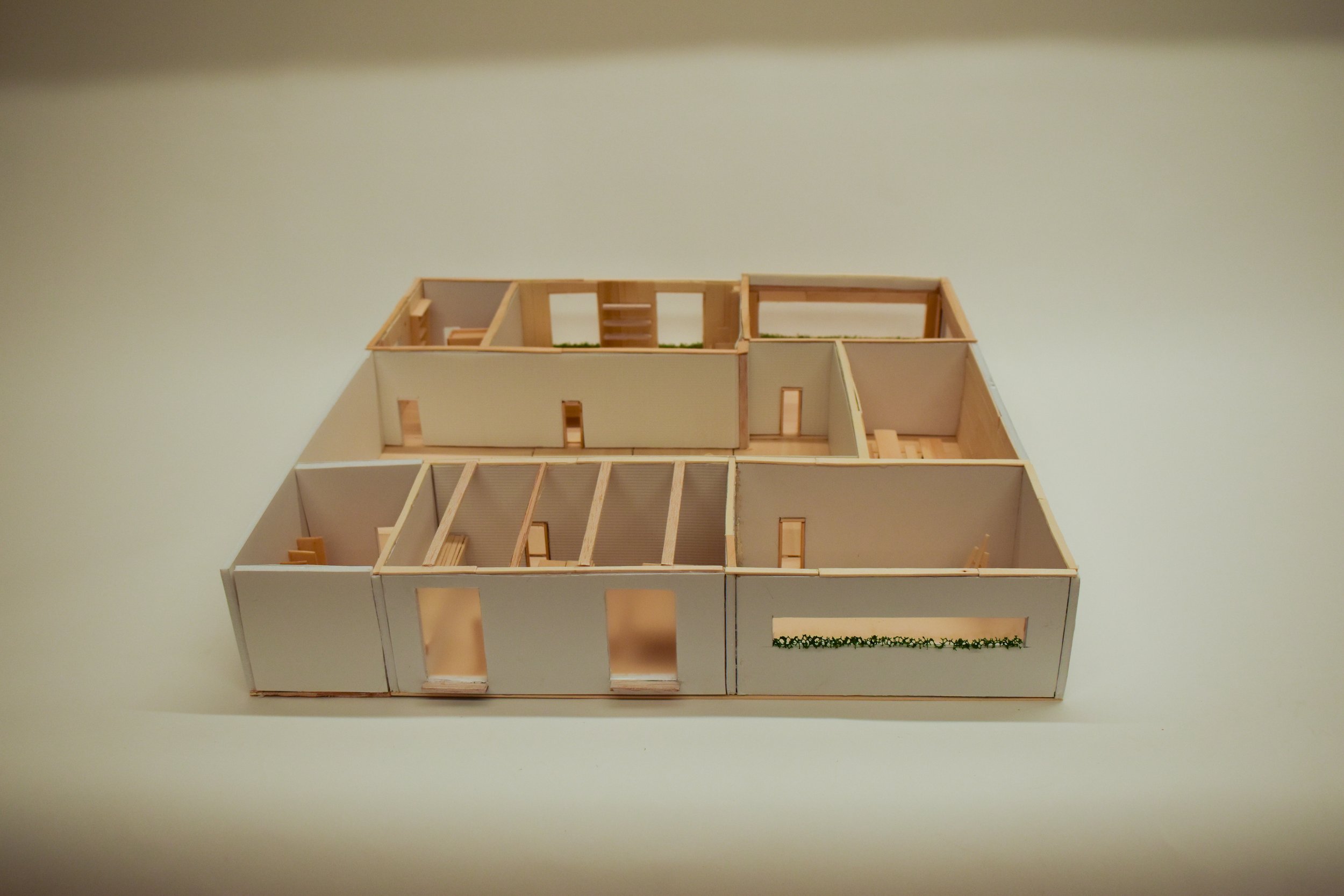Harlem Renaissance Ballroom
-
For this project, I decided to create a community hub in an existing building of Harlem : The Harlem Renaissance Ballroom.
-
This project was for my Studio class final. The goal was to make us learn how to design for a specific community and learn how to address existing issues in a precise location. Having visited Harlem, having interviewed some of its inhabitants as well as done research, I realized that some of the issues that this neighborhood had were : loss of cultural heritage, gentrification and breaking apart of the community. Therefore, my solution that I found was to create a community hub so that the elderly, adults, children and homeless could have a space and interact. I wanted this design to allow people to use what I created and make it theirs, rather than make them dependent on a solution.
-
The Harlem renaissance ballroom was built in 1924 and was an important hub for the African American community in upper Manhattan. Nicknamed the “Rennie”, it was home to a casino and a theater. At this location were held parties, film screenings, jazz concerts but also political gatherings. It was shut down in 1979 and in 2015 a luxury residence was built in its location, after almost 40 years of being abandoned. This decision was controversial as people thought that it should have been repurposed into something that would benefit the African American community rather than support gentrification.
-
TED Talk : How to revive a Neighborhood : with imagination, beauty and art by Theaster Gates
TED Talk : We let kids design our city – this is what happened by Mara Mintzer
La Cité Radieuse, Le Corbusier
-
Visiting Harlem, getting familiar with the neighborhood, interviewing its inhabitants, research, making a rapid 3D mock-up and rendering, building my model.
How would it work ?
I imagined some systems that could be put into place in a location such as this one that could help bringing the community together, here are some of them :
People with cars could take part in weekly collections, where they would drive to local supermarkets and get the food past the expiration date to hand it back over in the hub to people in need.
supporting local businesses, with for example, hotels that could give to the center their already opened toiletries that don’t need to be thrown away so that they could get repackaged by members of the hub and handed over to the homeless.
Elderly could volunteer during after school study sessions with children.
local artists could come and do screenings of their works as well as exhibit it on the walls
Cultural heritage could be celebrated with poster on the wall as well as events during the week
And more…








